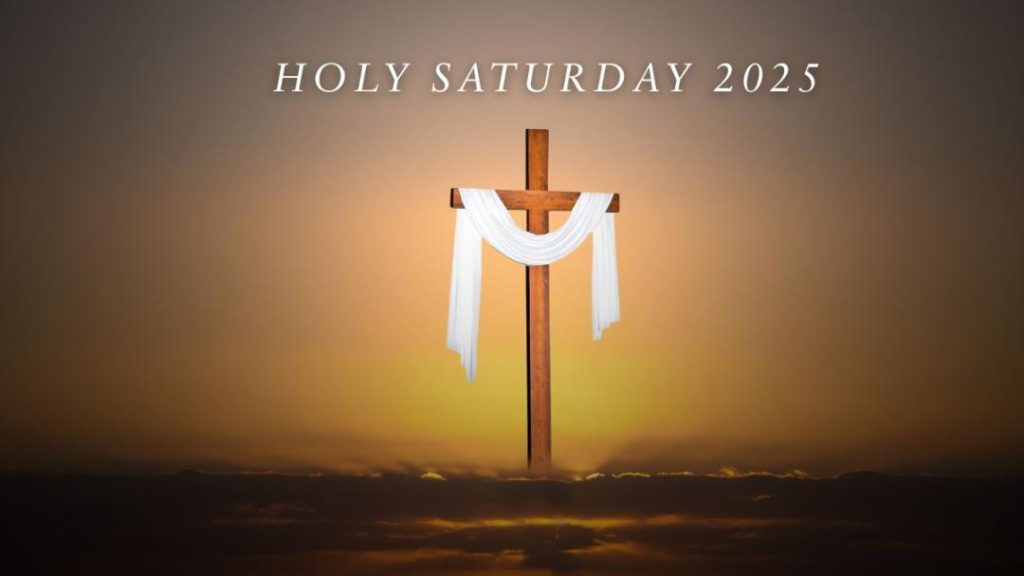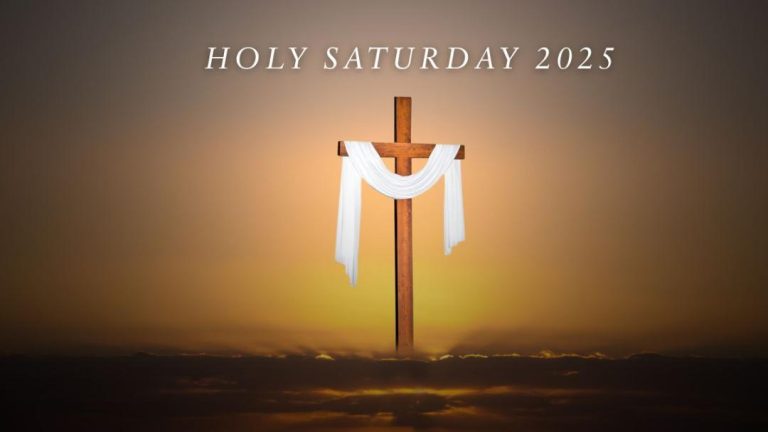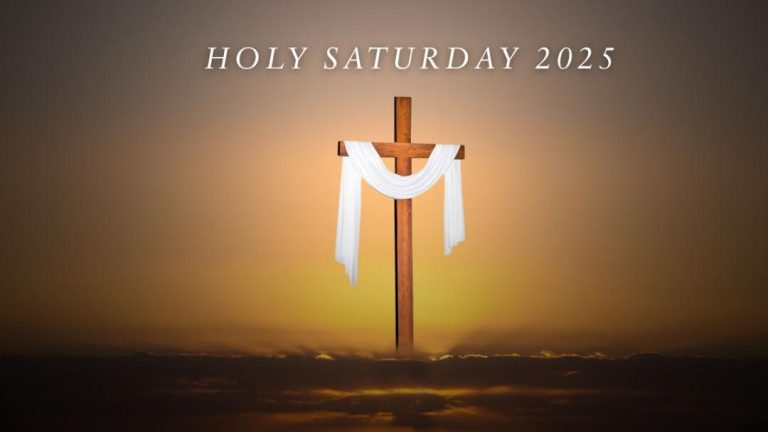
What is Holy Saturday & why is it celebrated?
Holy Saturday, observed between Good Friday and Easter Sunday, marks the day Jesus Christ lay in the tomb after his crucifixion. It signifies a period of silence, reflection, and anticipation before the celebration of his resurrection. This year, Holy Saturday will be observed on April 19, 2025, followed by Easter Sunday on April 20. In this blog post, we will delve into the significance and history of Holy Saturday, exploring why it is an important part of the Christian calendar.
History and Significance
Holy Saturday is a significant day in the Christian calendar, commemorating the period between Jesus’ crucifixion on Good Friday and his resurrection on Easter Sunday. It is a day of silence, reflection, and anticipation, as the faithful wait for the Lord’s resurrection. The day is often referred to as Easter Eve, as it marks the eve of Easter Sunday.
According to Christian tradition, Jesus was crucified on Good Friday, and his body was placed in a tomb. On Holy Saturday, Jesus lay in the tomb, symbolizing his death and burial. This period of time is often referred to as the “harrowing of hell,” where Jesus descended into hell and freed the souls of the righteous who had died before him.
On Holy Saturday, many Christians attend special services, known as the “Tenebrae” or “Mass of the Pre-Sanctified,” which features readings from the Bible, hymns, and prayers. The service is often characterized by a somber and reflective atmosphere, as the faithful prepare for the celebration of Jesus’ resurrection.
Traditions and Customs
Holy Saturday is marked by various traditions and customs around the world. In some countries, such as Poland and Ukraine, the day is known as “Holy Saturday” or “Great Saturday,” and is marked with special services and processions. In other countries, such as Mexico and Spain, the day is celebrated with midnight masses and processions.
In some cultures, Holy Saturday is also associated with traditional foods and drinks. For example, in some Eastern European countries, it is customary to eat a special dish called “Paska,” a sweet bread made with honey and nuts. In other cultures, it is common to drink a special beverage, such as “Barley Wine,” which is brewed specifically for Holy Saturday.
Symbolism and Meaning
Holy Saturday is a day of great symbolism and meaning in the Christian faith. It represents the period of silence and darkness that follows Christ’s death and burial, but also the anticipation of his resurrection. It is a reminder that even in the darkest of times, there is always hope and redemption.
The day is also a reminder of the sacrifices that Jesus made for humanity. Jesus’ death and burial were a demonstration of his love for humanity, and his resurrection was a proof of his power over death and sin.
Importance in the Christian Calendar
Holy Saturday is an important part of the Christian calendar, as it marks the culmination of the Lenten season. Lent is a period of 40 days, beginning on Ash Wednesday, which is a time of prayer, fasting, and reflection. Holy Saturday is the final day of Lent, and it sets the stage for the celebration of Easter Sunday.
Easter Sunday is a joyous celebration of Jesus’ resurrection, and it is often marked with great fanfare and celebration. However, without Holy Saturday, the significance and meaning of Easter Sunday would be lost. Holy Saturday is a reminder of the sacrifice that Jesus made for humanity, and it is a time for reflection and contemplation before the celebration of his resurrection.
Conclusion
Holy Saturday is a significant day in the Christian calendar, commemorating the period between Jesus’ crucifixion and resurrection. It is a day of silence, reflection, and anticipation, and it is marked by various traditions and customs around the world. The day is a reminder of the sacrifices that Jesus made for humanity, and it is a time for reflection and contemplation before the celebration of his resurrection. This year, Holy Saturday will be observed on April 19, 2025, followed by Easter Sunday on April 20.






